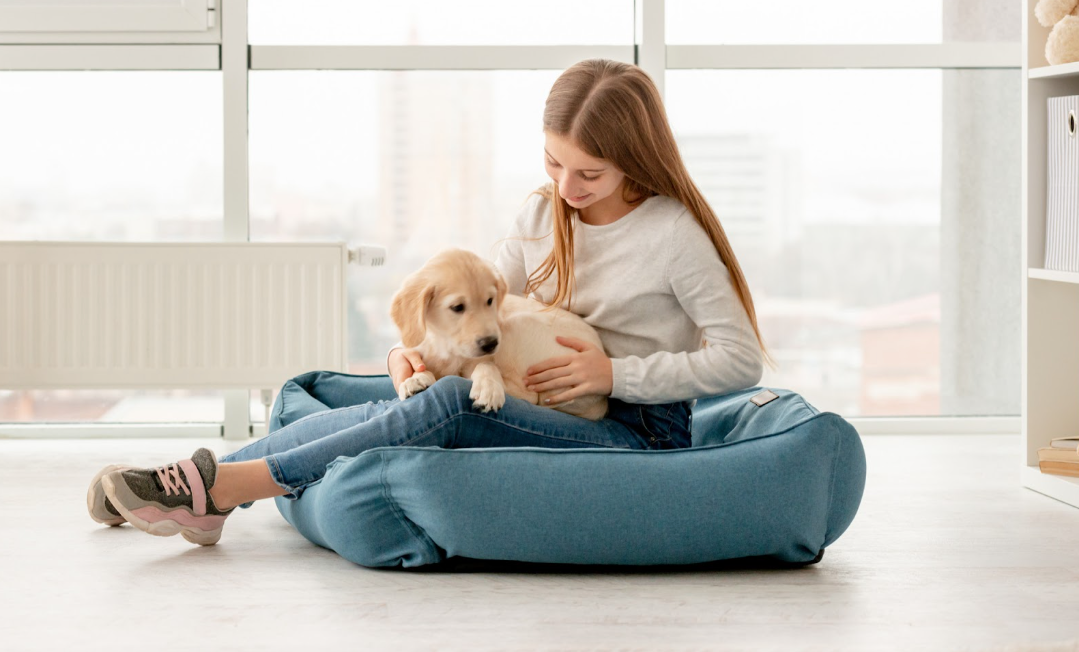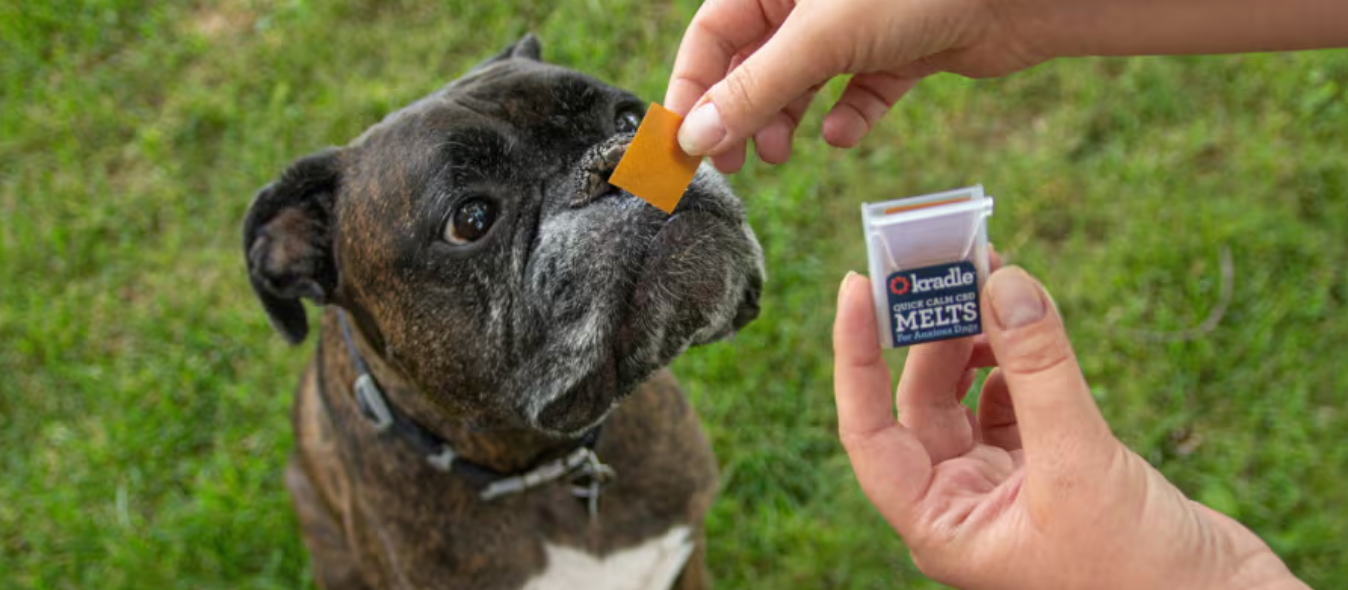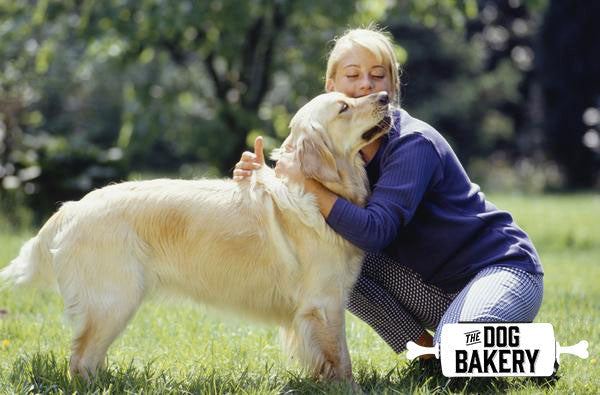
Creating a beautiful and safe outdoor space for your furry friends is a priority for many pet parents. When designing a pet-friendly garden, choosing non-toxic plants that are safe for your pets to be around is essential.
This article will explore some of the best non-toxic plants to include in your pet-friendly garden and tips for designing a secure and enjoyable outdoor space for your pets.
Why Non-toxic Plants Matter
Many common garden plants can be toxic to pets if ingested, causing symptoms ranging from mild irritation to severe poisoning.

By choosing non-toxic plants for your garden, you can reduce the risk of harm to your pets and create a safe environment for them to explore and play in. Knowing which plants are safe for pets is essential, as it allows you to have peace of mind while your pets enjoy the outdoors.
Non-toxic Plants for a Pet-Friendly Garden
1. Snapdragons (Antirrhinum majus)

Snapdragons are a delightful addition to any pet-friendly garden. These annual flowers come in a variety of colors and can grow quite tall, making them perfect for adding height and visual interest to your garden. Snapdragons are non-toxic to pets and can be planted in full sun to part shade.
2. Sunflowers (Helianthus annuus)
Sunflowers are a classic garden favorite that adds a cheerful touch to any outdoor space. These large, striking flowers are non-toxic to pets and are a great choice for creating a pet-friendly garden. Sunflowers are easy to grow from seed and prefer full sun and well-drained soil.
3. Zinnias (Zinnia elegans)

Zinnias are another non-toxic, colorful option for your pet-friendly garden. These annuals come in a wide range of colors and sizes, making them a versatile choice for various garden settings. Zinnias thrive in full sun and well-drained soil, and their vibrant blooms can attract butterflies to your garden.
4. Spider Plant (Chlorophytum comosum)

Spider plants are popular houseplants but can also be planted outdoors in mild climates. This hardy plant is non-toxic to pets and can tolerate a range of light conditions, making it an excellent choice for adding greenery to your pet-friendly garden.
5. Creeping Thyme (Thymus serpyllum)

Creeping thyme is a low-growing, fragrant ground cover that is non-toxic to pets. This perennial herb can be used to fill in gaps between pavers or to create a soft, green carpet in your garden. Creeping thyme prefers well-drained soil and full sun to part shade.
6. Calendula (Calendula officinalis)

Calendula, also known as pot marigold, is a hardy annual with bright yellow or orange flowers. This non-toxic plant is a great addition to a pet-friendly garden, as it can help repel pests and has mild antifungal and antibacterial properties.
In addition to choosing non-toxic plants, there are several other factors to consider when creating a pet-friendly garden. Here are some tips to help you design an outdoor space that is both safe and enjoyable for your pets:
1. Create a designated pet area

Designate a specific area in your garden for your pets to play and explore. This area should be secure and enclosed, preventing your pets from wandering off or accessing potentially harmful plants outside of the pet-friendly zone.
2. Provide shelter and shade

Ensure that your garden has shaded areas where your pets can escape the sun and heat. This can include trees, large shrubs, or even a pet-sized gazebo or pergola.
3. Incorporate water features

Providing a water source, such as a small pond or fountain, can encourage your pets to stay hydrated and cool during hot weather. Ensure that the water feature is safe and accessible for your pets, with shallow edges or a pet-safe drinking fountain. Use pet-friendly mulch: Some types of mulch, such as cocoa mulch, can be toxic to pets if ingested. Opt for pet-safe alternatives like shredded bark or pine straw.
4. Avoid harmful chemicals

When maintaining your pet-friendly garden, avoid using toxic pesticides, herbicides, or fertilizers. Instead, choose organic or pet-safe alternatives that won't harm your furry friends.
5. Add enrichment elements

To make your garden more engaging for your pets, consider adding elements like pet-friendly play structures, tunnels, or sandboxes. These features can provide mental and physical stimulation and encourage natural behaviors like digging or climbing.
Monitor your pet's location
Keeping an eye on your pet while they are in the garden or yard is crucial for their safety. In some cases, pets may break out of the yard by digging under the fence, jumping over it, or finding a weak spot. In other scenarios, pets could be taken out of the yard or even stolen. To prevent these situations, it's essential to regularly check your pet's whereabouts and ensure they are where they should be.
1. Consider wireless location tracking
One way to keep track of your pet's location is by using a GPS collar or wireless location tracking device. These devices can provide real-time updates on your pet's whereabouts, allowing you to monitor them even when you're not physically present in the garden or yard and are designed to essentially act as a secure wireless fence for dogs.
2. Invest in a secure fence or enclosure
To prevent your pet from breaking out of your yard or being taken, invest in a sturdy and secure fence or enclosure. This can include a combination of physical barriers, such as a tall fence with no gaps, and behavioral deterrents like anti-digging skirting or a coyote roller at the top of the fence.
3. Provide visual barriers
If your pet is prone to being reactive or anxious due to outside stimuli, consider adding visual barriers to your fence, such as privacy slats or tall hedges. This can help reduce your pet's exposure to potential stressors, such as passing pedestrians, cars, or other animals.
4. Install security measures
To protect your pet from potential theft, consider installing security measures like motion-activated lights, surveillance cameras, or even an alarm system. These security measures can deter potential thieves and provide evidence in case of an incident.
A Safe Garden for Humans and Pets Alike
Creating a pet-friendly garden is a rewarding project that allows you to enjoy the beauty of nature alongside your beloved pets. By selecting non-toxic plants and designing a safe and engaging outdoor space, you can provide your pets with a stimulating and secure environment to explore and play in. With some planning and care, your pet-friendly garden will become a cherished oasis for you and your furry companions.








